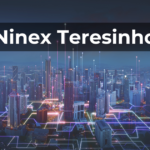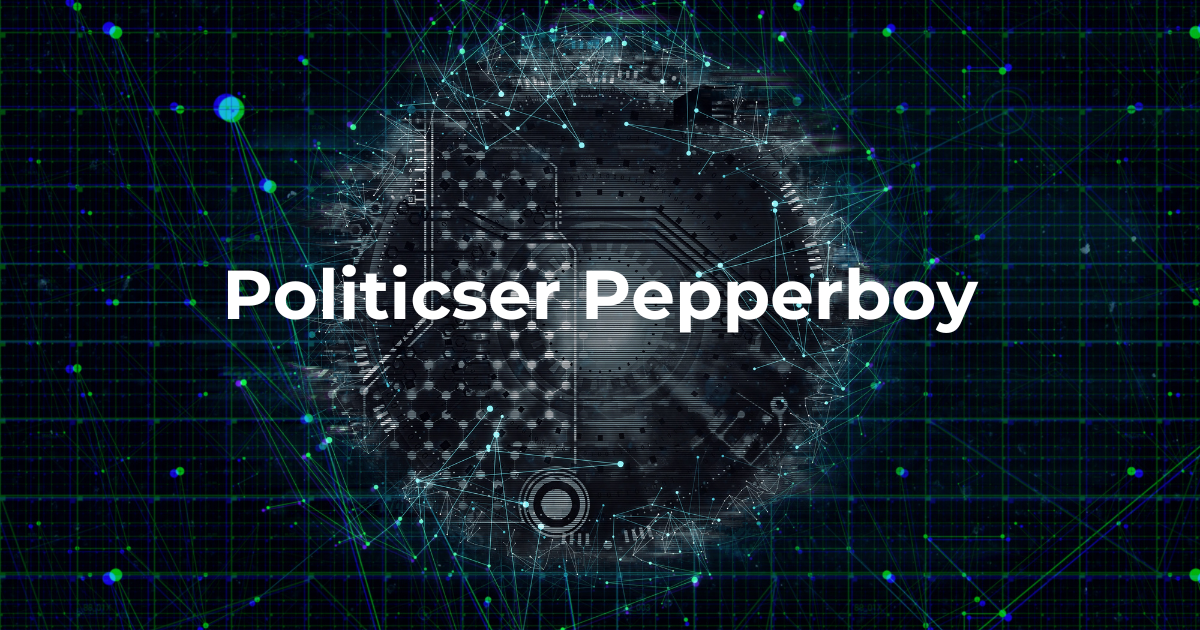Mizukando represents a unique cultural practice that encompasses heritage, identity, and artistic expression. As a vibrant tradition, it has gained prominence in today’s globalized world. Understanding its origins and significance offers insight into how this practice shapes cultural dialogues across various communities.
Defining Mizukando
This cultural expression blends art, music, and community rituals, emphasizing the harmony between nature and creativity. The term combines elements that signify water and creation, symbolizing nurturing cultural practices. In contemporary contexts, it serves as a platform for individuals to share stories and engage in artistic endeavors.
Historical Background
The origins of Mizukando trace back centuries, intertwined with the histories of communities practicing it. Initially, it arose from the need to convey values and experiences through art. Early practitioners utilized local materials, creating works that resonated deeply with their ethos. Over time, the practice absorbed various influences, enriching its development and relevance across generations.
Cultural Significance
Mizukando holds profound importance, acting as a means of cultural preservation and connection for younger generations. Through this practice, individuals explore their identities and express their experiences, fostering a sense of belonging. Core themes of unity, respect for nature, and storytelling resonate deeply within this tradition.
Mizukando in Art and Literature
The influence of Mizukando is evident in various art forms and literary works. Artists draw inspiration from its themes to create visual representations that evoke emotions and tell compelling stories. In literature, it serves as a rich source for narratives, allowing authors to weave tales that resonate with audiences. This interplay underscores Mizukando’s integral role in cultural expression.
Music’s Role in Mizukando
Music plays a vital role in this tradition, serving as a conduit for cultural expression. Traditional compositions incorporate unique rhythms and melodies reflective of nature’s sounds. Modern interpretations blend these traditional elements with contemporary styles, ensuring continued relevance and engagement, particularly among younger audiences.
Modern Interpretations
Contemporary artists reinterpret Mizukando, infusing it with modern sensibilities and technologies. This approach creates immersive experiences that engage audiences in innovative ways. Such reinterpretations expand the practice’s reach and encourage discussions about its significance in today’s world.
Global Influence
Mizukando has transcended geographical boundaries, impacting communities worldwide. Through cultural exchange, it inspires artists from diverse backgrounds to explore its themes. This global resonance highlights its universal appeal, fostering connections and promoting cross-cultural understanding through shared experiences.
Festivals and Celebrations
Festivals play a crucial role in promoting Mizukando and celebrating cultural heritage. Events showcasing traditional performances and art foster community bonding. Celebrations, such as the Water Festival, honor the essential role of water in life and culture, creating vibrant atmospheres that blend tradition with contemporary expression.
Educational Value
The educational significance of Mizukando is increasingly recognized, offering unique learning opportunities about culture and history. Schools incorporate it into their curricula, helping students connect with their heritage. Community initiatives also promote cultural literacy, ensuring that the tradition continues to inspire future generations.
Future Prospects
The future of Mizukando appears promising, shaped by societal changes and evolving artistic practices. New generations embrace it, bringing fresh perspectives. However, challenges remain in preserving authenticity amid globalization. Community engagement can help ensure the tradition’s relevance and integrity.
Social Media Impact
Social media has become a powerful tool for promoting Mizukando. Platforms like Instagram and TikTok allow practitioners to share their interpretations, engaging global audiences. This digital presence amplifies visibility and encourages participation from diverse communities, fostering an ongoing conversation about its significance.
Artistic Collaborations
Collaborative artistic projects enrich Mizukando by bringing together diverse talents. Interdisciplinary collaborations allow artists to explore its themes in innovative ways, resulting in immersive experiences that celebrate the tradition’s richness and diversity.
Environmental Awareness
Mizukando emphasizes themes of environmental awareness, highlighting the relationship between humans and nature. Many practitioners incorporate ecological motifs into their work, raising awareness about sustainability. Community projects that merge this cultural practice with conservation efforts encourage individuals to honor their cultural roots while promoting responsible stewardship of the environment.
Practitioner Insights
Insights from practitioners provide valuable perspectives on Mizukando’s cultural significance. Artists and scholars share their engagement with the tradition, highlighting the importance of innovation alongside tradition. These narratives illuminate the depth and richness of this cultural expression.
Identity Politics
Mizukando intersects with identity politics, reflecting the complexities of cultural representation. It allows individuals to assert their identities and challenge dominant narratives. By highlighting their heritage, practitioners contribute to broader discussions on inclusivity and representation, using this practice as a platform for empowerment.
Also Read: Slayunny2
Comparative Cultural Analysis
Comparing Mizukando with other cultural practices reveals both similarities and distinctions. Many traditions share themes of connection to nature and storytelling, yet Mizukando possesses unique elements that set it apart. This comparative analysis enhances appreciation for the diverse ways communities express their identities.
Critical Reception
The critical reception of Mizukando varies across communities, reflecting differing perspectives. Scholars analyze its historical context and contemporary relevance, while art critics evaluate its effectiveness in communicating cultural themes. This critical dialogue ensures that Mizukando remains a dynamic force in contemporary culture.
19. Resources for Exploration
For those interested in exploring Mizukando, numerous resources are available. Books, articles, and documentaries provide in-depth insights into its origins and significance. Organizations dedicated to promoting this practice offer information about events, workshops, and exhibitions, allowing enthusiasts to engage actively.
Conclusion
In conclusion, Mizukando is a vibrant testament to cultural expression and the importance of heritage. Its origins and significance reflect the dynamic interplay between tradition and innovation. As practitioners work to ensure its relevance for future generations, this cultural practice continues to connect individuals across cultures, celebrating the richness of human experience and diversity.









